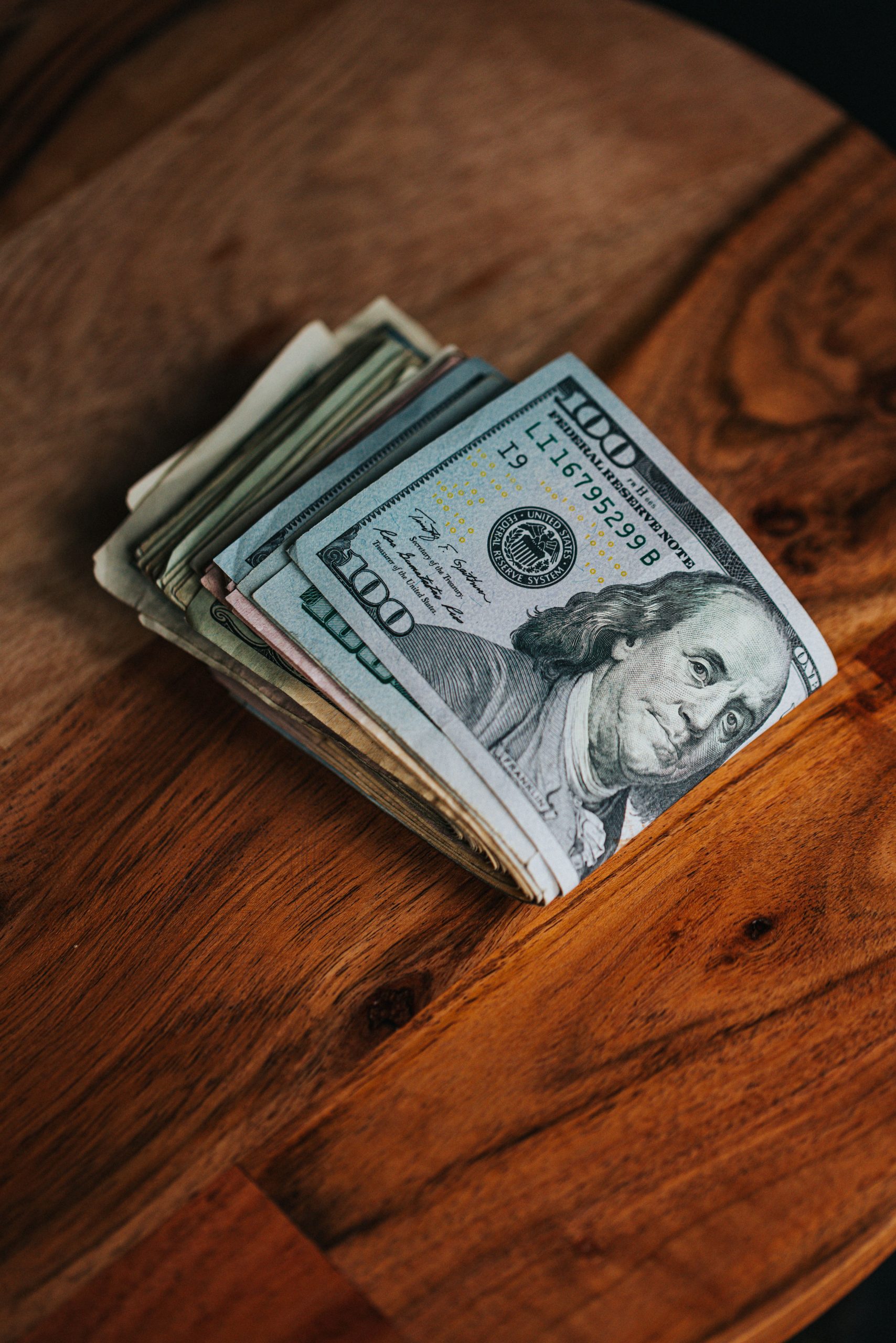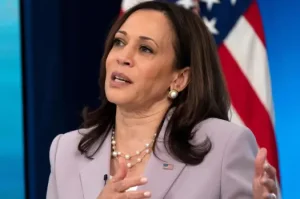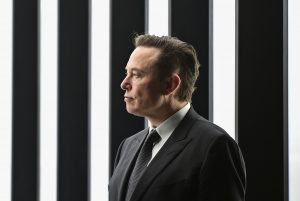The richest 10% of the global population currently takes 52% of global income, whereas the poorest half earns 8.5% of it, according to the latest World Inequality Report published on Tuesday. The contrast in wealth ownership in 2021 is even more stark with the richest 10% owning a considerable 76% of the world’s wealth, while the poorest half own just 2%. “Contemporary global inequalities are close to early 20th century levels, at the peak of Western imperialism,” the report says.
“Indeed, the share of income presently captured by the poorest half of the world’s people is about half what it was in 1820, before the great divergence between Western countries and their colonies.”
Also Read: Crypto trial: Defendant wins, retains Bitcoin worth $50 billion
The report says there is still a long way to go before global economic inequalities inherited from the very unequal organization of world production between the mid-19th and mid-20th centuries can be undone.
Globally, the region known as “MENA,” constituting the Middle East and North Africa, has the worst inequality, with the wealthiest 10% making 58% of the income, compared to 36% in Europe.
The national average income for a country is a poor indicator of a country’s overall economic inequality, according to the report.
Also Read: Trump’s social media company says it has lined up $1 billion in capital
“Income and wealth inequalities have been on the rise nearly everywhere since the 1980s, following a series of deregulation and liberalization programs which took different forms in different countries,” the report continued. “The rise has not been uniform: certain countries have experienced spectacular increases in inequality [including the US, Russia and India] while others [European countries and China] have experienced relatively smaller rises. These differences, which we discussed at length in the previous edition of the World Inequality Report, confirm that inequality is not inevitable, it is a political choice.”
Also Read: Here’s how much Elon Musk lost in a week after Tesla stock sale poll
The gap between the net wealth of governments and net wealth of the private sector has also been widening over the past 40
years as “countries have become significantly richer, but their governments have become significantly poorer.”
This trend has been magnified by the Covid crisis, during which governments borrowed theequivalent of 10-20% of GDP, essentially from the private sector,” the report says.






